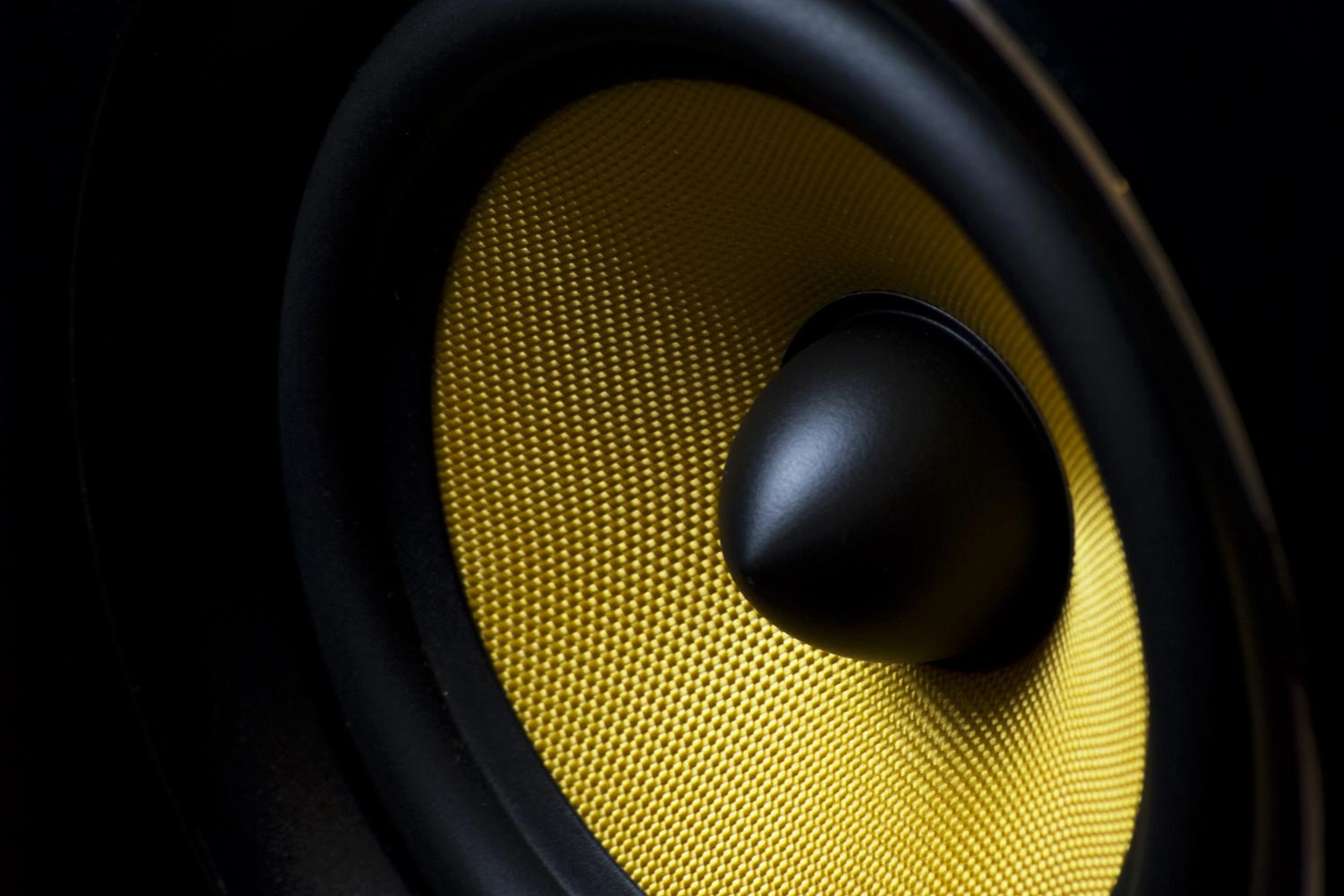Vacceo
Major Contributor
- Joined
- Mar 9, 2022
- Messages
- 2,682
- Likes
- 2,833
If the electronics are used level-matched and they are not awful, all the rest being equal (speaker placement and room being the same), the differences should be next to none.So, how do you verify that??
I have done that with multiple AVR's and amps and I found no noticeable difference.
If you don't trust your perception (and you shouldn't), some REW measurements will confirm it.
Last edited:

